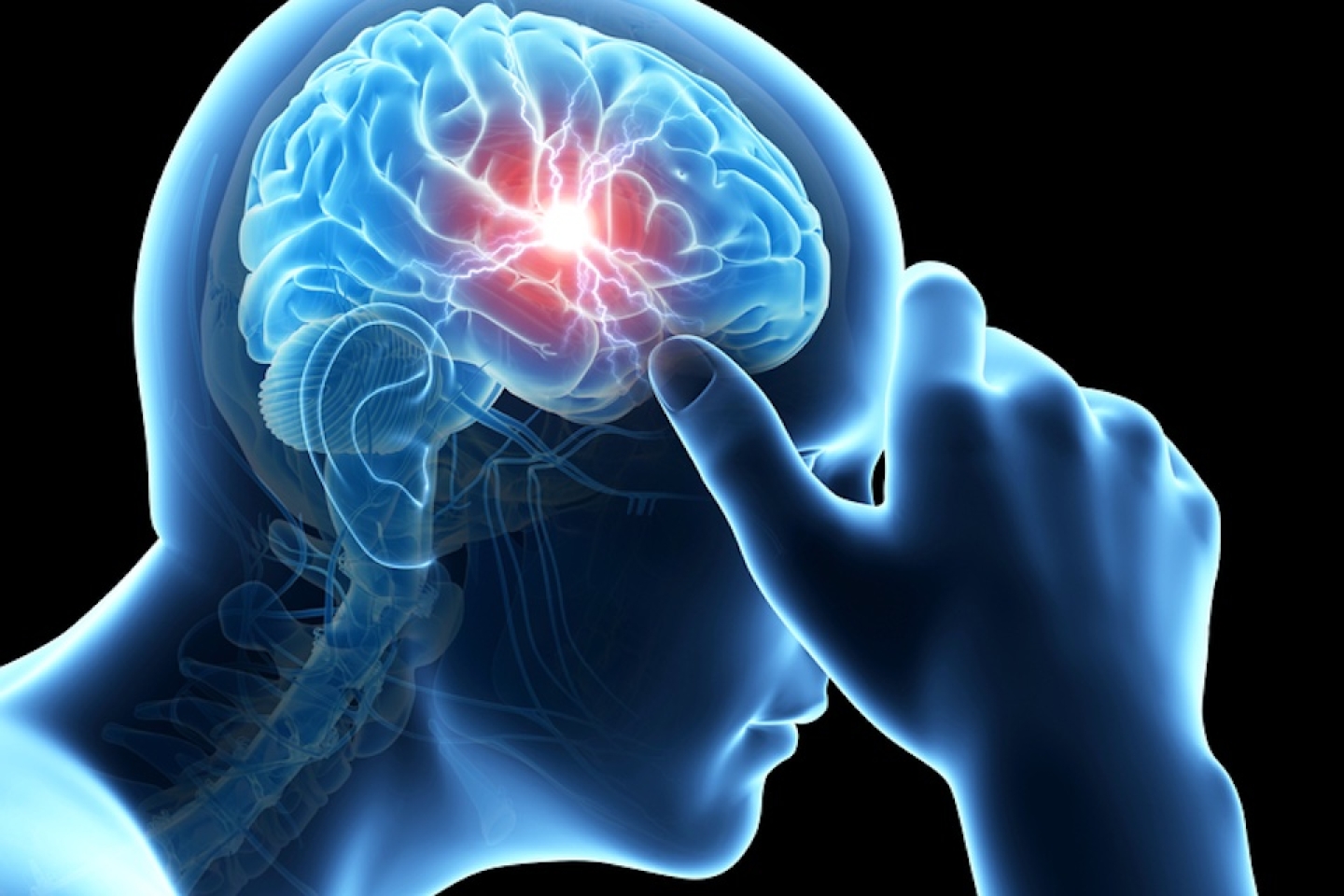
Who hasn’t had a headache at some point in their lives? It’s as common as the common cold, and a couple of ibuprofen tablets may be all you need to ease the pain. But for some people, such as those who suffer from cluster headache or migraine, headaches can be severe and debilitating. And migraine-like headaches are being tracked as the most common symptom of long COVID, says Dr. Matthew Robbins, Associate Professor of Neurology and Associate Attending Neurologist at Weill Cornell Medicine.
More than 40 million people in the United States suffer from migraine, he says, and migraine symptoms among patients with long COVID have been adding significantly to that number.
According to the Centers for Disease Control and Prevention (CDC), long COVID is broadly defined as symptoms or conditions that develop after a person’s initial COVID-19 infection. People with long COVID have reported the following symptoms, among others:
These may last for months or even years. While they tend to ease over time, they can sometimes lead to long-term disability. They’re also similar to the incapacitating symptoms experienced by people with chronic fatigue syndrome and other poorly understood chronic illnesses—especially those caused by viruses.
The answer to that seemingly simple question is more complicated than meets the eye, Dr. Robbins says. “A headache manifests itself as pain, discomfort or some other type of disagreeable sensory experience in the head, including the upper part of the neck, the face or the eyes.
“Take migraine,” he continues—“an inherited neurological condition. Migraine usually features other symptoms such as sensitivity to light, sound or smell, and a worsening of the pain with movement. Some people have migraine attacks occasionally, while others have really tough headaches on a daily basis, and it’s like a full-blown disease.”
Some patients cite triggers, including:
In other words, there’s a wide spectrum of experiences associated with headaches, and long COVID has made that spectrum even wider.
You’re at lower risk for developing long COVID if:
“There appears to be no clear relationship between the severity of an initial COVID infection and the risk of headache associated with long COVID,” he says.
People with a personal or family history of migraine may experience headaches as a major long COVID symptom, explains Dr. Robbins. “There’s already a genetic risk. And then, a COVID infection comes along and activates this underlying biology that was lurking beneath the surface all along. This is something we’ve seen from infections like Epstein-Barr. And often, the headache problem is way worse than the initial infection ever was.
“Right now, that’s a working hypothesis—one that needs to be tested in future studies,” he adds.
If your headaches are frequent or even continuous in the aftermath of a COVID infection, that’s clue number-one that they’re part of long COVID. Clue number-two, he says, is that your headache is “linked with other neurological symptoms like fatigue, brain fog, sleep problems, dizziness or generalized muscle pain. When a headache plus all these other symptoms happen at once, weeks or months after a COVID infection, it’s probably safe to assume that long COVID is the diagnosis.”
But migraine on its own is a somewhat different story. Its symptoms may include nausea, vomiting, pain that changes location and is worsened by movement and sensitivity to light, noise and smell. But these may not occur simultaneously.
“Your primary care doctor, neurologist or headache specialist should be able to help you figure out what’s going on and how to treat it,” he says.
There are no treatments yet that are specific to long COVID, especially for neurological symptoms, but if your post-COVID headaches resemble migraine, your doctor will use migraine treatments. These can be very successful, says Dr. Robbins.
As well, some home treatments can be useful. These include devices that have proven effective in relieving headaches, whatever their cause. The Food and Drug Administration (FDA) has cleared a number of these devices, which employ neuromodulation: a technique that can increase or decrease nervous system activity.
According to the American Migraine Foundation, the majority of these devices require a prescription, but one—Cefaly—is available over the counter. When you apply it to your forehead, it delivers mild electrical stimulation to nerves that are known to drive migraine pain.
Dr. Robbins and his fellow specialists remain on hand to work with patients who have headache disorders and find the best ways to treat their symptoms. And patients play a key role in their own care. “Keep a diary,” he suggests. “Keep track of triggers. For instance, women can document any relationship between their periods and their headaches. It’s great when we see an empowered patient who comes to us with information we can use to make them better.”
In addition to caring for his patients, Dr. Robbins works with the Alliance for Headache Disorders Advocacy, a group of clinicians and patients who carry out advocacy efforts on Capitol Hill. They strive to persuade lawmakers to increase research funding and better services for patients who are disabled as a result of severe headache disorders, including those linked to long COVID.
Of additional concern are:
Tomorrow’s treatments will emerge from today’s advocacy efforts, he says. In the meantime, don’t suffer alone: “Let’s work together to find the best combination of strategies, medications and devices to ease your headache pain, whatever its source—long COVID or a pre-existing headache disorder. There’s still a lot we can do to ease your symptoms and keep them at bay.”
Visit here to make an appointment with a neurologist at Weill Cornell Medicine.